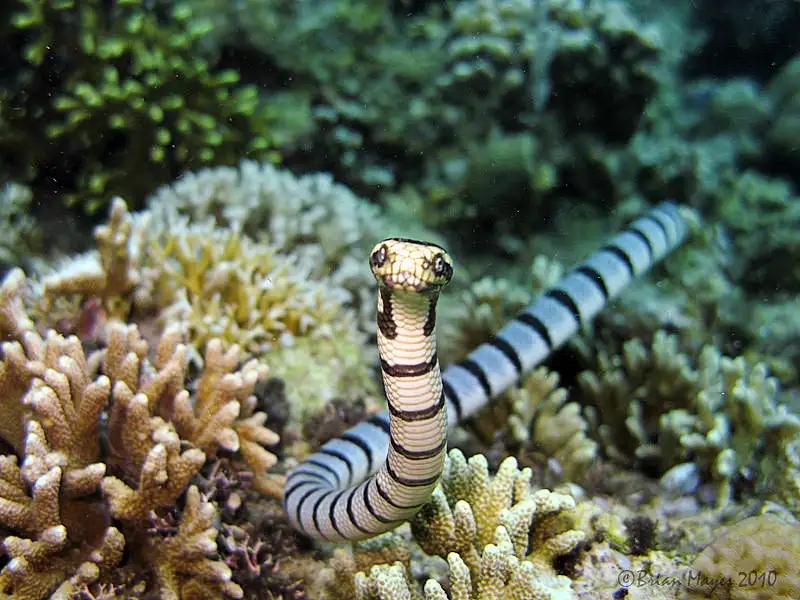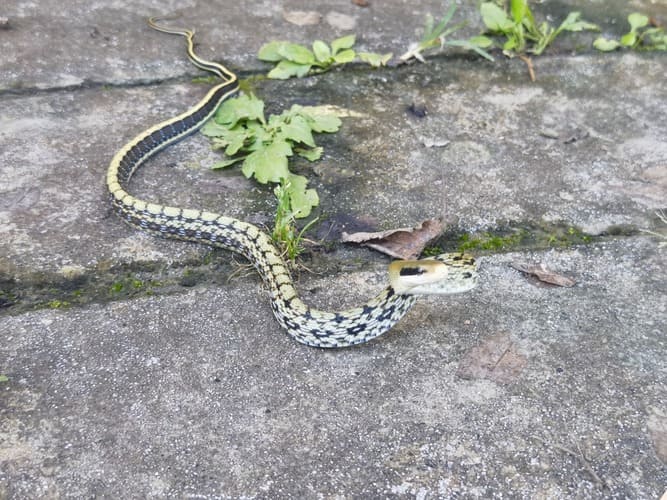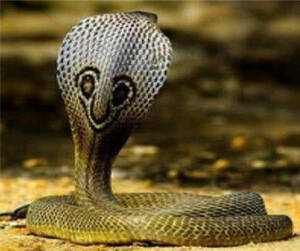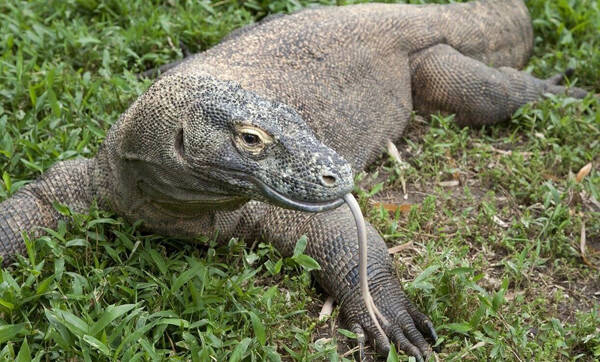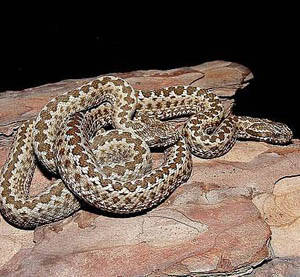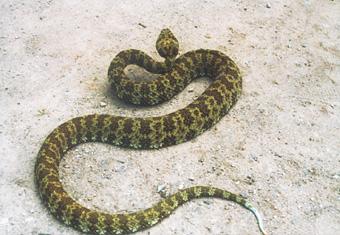Cobra
IUCN
LCBasic Information
Scientific classification
- name:Cobra
- Scientific Name:Ophiophagus hannah,King Cobra
- Outline:Squamata
- Family:Squamata Elapidae Ophiophagus-Günther
Vital signs
- length:2-3m
- Weight:6kg
- lifetime:20year
Feature
The world's largest front-fanged venomous snake, one of the most dangerous snakes in the world, and the longest of all venomous snakes.
Distribution and Habitat
Domestically, it is distributed in Fujian, Zhejiang, Jiangxi, Guangdong, Hong Kong, Hainan, Guangxi, Hunan, Yunnan, Guizhou, Sichuan, and Tibet. Abroad, it is distributed in Southeast Asia and South Asia.
It mostly lives in coastal lowlands to mountainous areas with an altitude of 1,800 meters. It is often found near the water at the edge of the forest and is also found near villages in forest areas.
King cobras live widely in plains, hills, and mountains. They often appear near water or hide in cracks or caves. They are active during the day.
King cobras also live in deserts and are called "desert gold."
Appearance
King cobra is a large snake, with a total length of 2-3m, and the longest record is 6m. When disturbed, it often stands upright with its front half of the body, flattened and expanded neck, in an attacking posture. There is a pair of larger occipital scales behind the top scales; there are no cheek scales; the dorsal scales are smooth and have no edges, with a metallic luster, arranged obliquely, and the anal scales are complete; the subcaudal scales are in one or two rows, there are "Λ"-shaped yellow-white spots on the back of the neck, and there are narrow white horizontal stripes with black edges on the back of the neck; the ventral surface is gray-brown. The color spots of young snakes are much brighter than those of adults, with bright yellow horizontal stripes on the back of the head and the back of the body and tail.
The markings of young snakes are different from those of adults, mainly with yellow-white horizontal stripes on the back of the snout and in front of t
Details
King cobra is different from real cobra. It is not a member of the genus Cobra, but belongs to the independent genus Cobra. Compared with other cobras, it is more ferocious, extremely quick to react, flexible in turning its head and neck, and has a large amount of venom. It is one of the most dangerous snakes in the world.
King cobra likes to live alone, hunting during the day and hiding in rock crevices or tree holes at night. The main food is similar to it - other snakes, so it is difficult to see other types of snakes in the territory of the king cobra. The king cobra is extremely venomous.
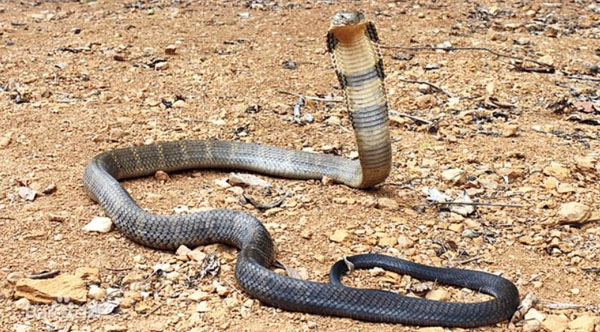
Like other cobras, the king cobra will raise the front third of its body when it is in danger, then it will open its mouth, revealing its fangs, staring at its opponent while paying attention to the surrounding environment. Once the king cobra thinks it is in danger, it will attack without hesitation. In addition to preying on snakes and lizards, it also eats birds, bird eggs and rodents.
The king cobra has anti-venom serum in its body, so when other venomous snakes bite the king cobra, the king cobra is usually safe and sound. Food includes pythons of suitable size, other types of venomous and non-venomous snakes, such as cobras, kraits, bungarus, rat snakes, etc. When food is insufficient, they will even eat other snakes of the same kind. Therefore, the king cobra is also called the "snake evil star".
King cobras are a kind of snake with high IQ. They hunt other snakes and can tell whether the other party is poisonous. When hunting non-venomous snakes, the king cobra does not use venom easily. It will bite it casually and let it struggle and resist until it dies and then slowly swallow it. When hunting venomous snakes, it will not act rashly, but will continue to provoke. When the other party is finally provoked and attacks it, the king cobra will dodge alertly. Finally, when the prey is exhausted and unwilling to fight, it will seize the opportunity, bite the prey's head and neck and release venom to kill it.
King cobras are agile and their heads can be turned flexibly. They can not only attack forward, backward, left and right, but also jump vertically to attack objects above their heads. After biting something, they often do not let go easily. The dry venom in the venom is about 100 mg, and the average lethal dose is 12 mg. The bitten person will experience swelling, nausea, abdominal pain, respiratory paralysis, speech disorders, coma and other symptoms within a few minutes. If a person does not receive timely drug treatment within half an hour after being bitten, he will definitely die.
The venom of the king cobra mainly contains neurotoxins, and also contains cardiotoxins. The toxins are composed of polypeptides and proteins. Some scientists have found that the neurotoxins of the king cobra have certain medical value.

